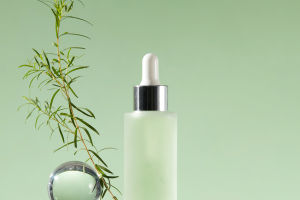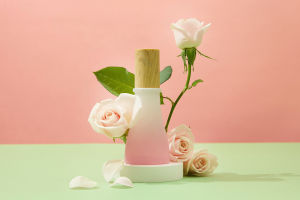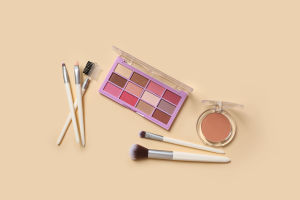Perfume is more than just a fragrance; it’s an expression of style, mood, and identity.
The design of a perfume bottle plays a vital role in this expression, acting as a reflection of the brand and the scent inside.
From classic elegance to modern minimalism, perfume bottle design is an art form that captures attention and tells the story of the fragrance.
Perfume bottle design serves multiple purposes. Primarily, it’s the first visual and tactile impression of the fragrance, influencing consumer perception. A well-crafted bottle can evoke emotions, memories, and desires, turning it into more than just a container—it’s a symbol of the scent's identity.
It’s also a key extension of the brand. Fashion houses and perfume brands create bottle designs that match their aesthetic and message.
A sleek, minimalist bottle may suggest a clean, fresh fragrance, while an ornate design hints at a rich, complex scent. The bottle’s appearance must align with the mood and character of the fragrance.
The design of a perfume bottle involves considerations of shape, color, material, and details.
1. Shape
The shape significantly impacts how a perfume bottle is perceived. Classic bottles often have smooth curves, oval forms, or rectangular shapes, reflecting elegance and timelessness.
The iconic Chanel No. 5 bottle, with its clean, rectangular shape, embodies the brand's minimalist sophistication.
On the other hand, modern bottles often feature bold, unconventional shapes. Designs like stiletto heels, skulls, or abstract forms capture attention and make a strong brand statement.
These shapes aim to mirror the fragrance’s uniqueness and intrigue consumers.
2. Color
Color is crucial in conveying the fragrance’s character. Soft pastels like pinks, blues, or greens are typically used for floral, fresh, or aquatic scents, while deep hues like amber, gold, or black suggest warmth, sensuality, and mystery for more intense fragrances.
Transparency or gradient effects in bottle design allow a glimpse of the liquid inside, adding visual appeal. This play of light and color makes the bottle an eye-catching accessory.
3. Material
The choice of material enhances both the visual and tactile experience. High-quality glass is commonly used for its ability to reflect light and create a luxurious feel. Thick, faceted glass, with precise cuts, makes a bottle resemble a gem, adding to its opulence.
In some cases, metals, ceramics, or crystals are incorporated into the bottle or decorative elements like caps and labels. These materials elevate the design, making the bottle a luxurious object in itself.
4. Finishing Touches
Caps, labels, and embellishments complete the design. A unique cap can become the highlight, featuring intricate patterns, shapes, or luxurious materials like gold plating. Labels, whether printed, embossed, or engraved, provide the final branding touch, tying the bottle’s design to its fragrance.
Many perfume bottles have achieved iconic status due to their standout designs. Jean Paul Gaultier’s "Le Male" and "Classique" come in bottles shaped like male and female torsos, representing the brand's bold style. Marc Jacobs’ "Daisy," with its playful oversized floral caps, perfectly embodies the fragrance’s youthful essence.
Fashion perfume bottle design is an intersection of art, branding, and functionality. It visually communicates the fragrance’s essence and enhances the consumer’s experience even before the scent is worn.
The thoughtful combination of shape, color, materials, and details turns each bottle into a work of art.
Whether classic or avant-garde, perfume bottle design remains central to the fragrance world, enticing consumers and adding elegance to everyday life.


